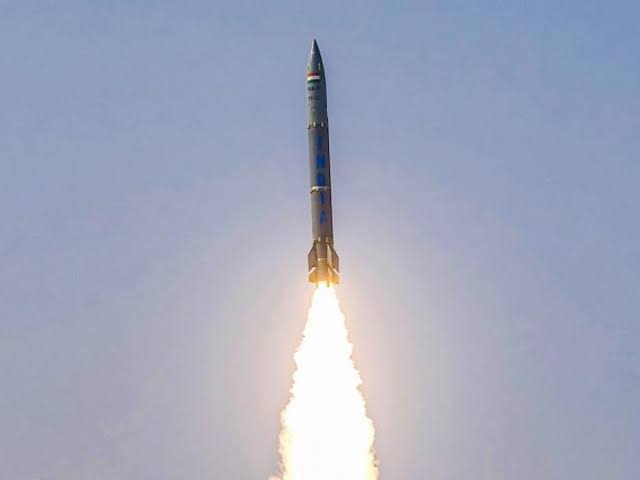SOURCE: RAUNAK KUNDE / NEWS BEAT / IDRW.ORG


As Reported earlier by idrw.org, India is now considering a request from Armenia to supply the Pralay tactical ballistic missile. This development comes amidst heightened tensions between Armenia and Azerbaijan in the Nagorno-Karabakh region.
idrw.org reported in June that Armenia had approached India seeking to procure the Pralay tactical ballistic missile to counter Azerbaijan’s acquisition of the Israeli LORA long-range surface-to-surface missile system. The LORA system was allegedly used by Azerbaijan against Armenia in October 2020 during a military conflict.
As a member of the Missile Technology Control Regime (MTCR), India is obligated to control the export of missiles with a range exceeding 300 km and a payload capacity of more than 500 kg. To meet MTCR regulations, the DRDO would need to customize the Pralay missile for Armenia, potentially reducing its range to comply with the guidelines.
While India has reportedly accepted Armenia’s request to supply the Pralay, the finalization of the deal is still pending. But the deal could be pushed soon as assurances from New Delhi indicate the possibility of a swift conclusion. In 2022, the Indian Air Force placed orders for 120 units of Pralay tactical ballistic missile and 250 units were to be procured by Indian Army.
Developed by the Defence Research and Development Organisation (DRDO), the Pralay is a canisterized, short-range ballistic missile designed for battlefield use. With a range of 150 km to 500 km, it can carry a variety of warheads, including high-explosive preformed fragmentation, penetration-cum-blast (PCB), and runway denial penetration submunitions (RDPS). This makes it capable of targeting critical enemy infrastructure such as radar installations, communication centres, command posts, and airfields.
NOTE : Article cannot be reproduced without written permission of idrw.org in any form even for YouTube Videos to avoid Copy right strikes. Websites doing illegal reproductions will get DMCA and Legal Notices.